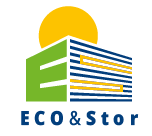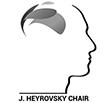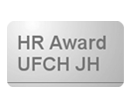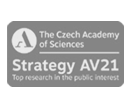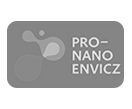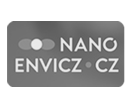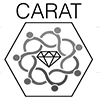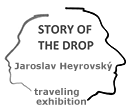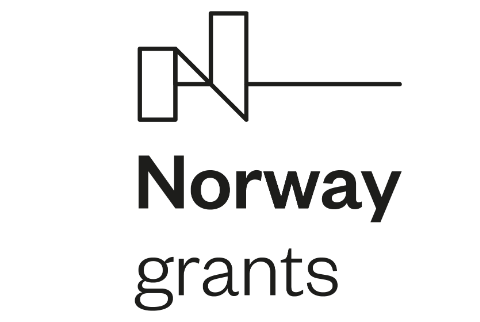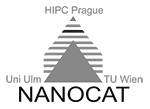Sensitizer Activated Nanostructured Solar Cell
Grant Agency
European Commission
Topics
Electrochemical conversion and accumulation of energy.
Year from
2010
Year to
2013
Concept of th project:
Sensitizer activated nanostructured solar cells (SANS) operate in an entirely different fashion to conventional p-n junction devices. Mimicking the principles of natural photosynthesis, they separate the processes and location of light harvesting and charge carrier transport.[7] The semiconductors employed in conventional inorganic photovoltaics assume both functions simultaneously imposing stringent demands on purity and entailing high material and production costs. In contrast, within these cells, there is lower demand on material purity and forecast fabrication costs are less than half that of amorphous silicon solar cells, even before economies of scale come into play. The primary objective of the project is to gain a predictable jump in long-term power output of sensitizer activated solar cells through novel multifunctional nanomaterials and molecular architectures utilizing materials design, development and processing. The overriding goal of the project is to realise a verified 14% efficient lab based cell, and a module with a lifetime equivalent to 20 years European outdoor usage.
The SANS Consortium
The SANS team has been active in thin film sensitizer based solar cell science for over 20 years and are currently leading the field of dye-sensitized solar cells and related technologies, illustrated by over 500 publications between them in this area over the last 4 years. The consortium consists of 10 partners spread across Europe.
Sensitizer activated nanostructured solar cells (SANS) operate in an entirely different fashion to conventional p-n junction devices. Mimicking the principles of natural photosynthesis, they separate the processes and location of light harvesting and charge carrier transport.[7] The semiconductors employed in conventional inorganic photovoltaics assume both functions simultaneously imposing stringent demands on purity and entailing high material and production costs. In contrast, within these cells, there is lower demand on material purity and forecast fabrication costs are less than half that of amorphous silicon solar cells, even before economies of scale come into play. The primary objective of the project is to gain a predictable jump in long-term power output of sensitizer activated solar cells through novel multifunctional nanomaterials and molecular architectures utilizing materials design, development and processing. The overriding goal of the project is to realise a verified 14% efficient lab based cell, and a module with a lifetime equivalent to 20 years European outdoor usage.
The SANS Consortium
The SANS team has been active in thin film sensitizer based solar cell science for over 20 years and are currently leading the field of dye-sensitized solar cells and related technologies, illustrated by over 500 publications between them in this area over the last 4 years. The consortium consists of 10 partners spread across Europe.
prof. RNDr. Kavan Ladislav CSc., DSc.
E-mail
ladislav.kavan jh-inst.cas.cz
jh-inst.cas.cz
 jh-inst.cas.cz
jh-inst.cas.czRoom
535
Department
Extension
+420 26605 3975
Publications





